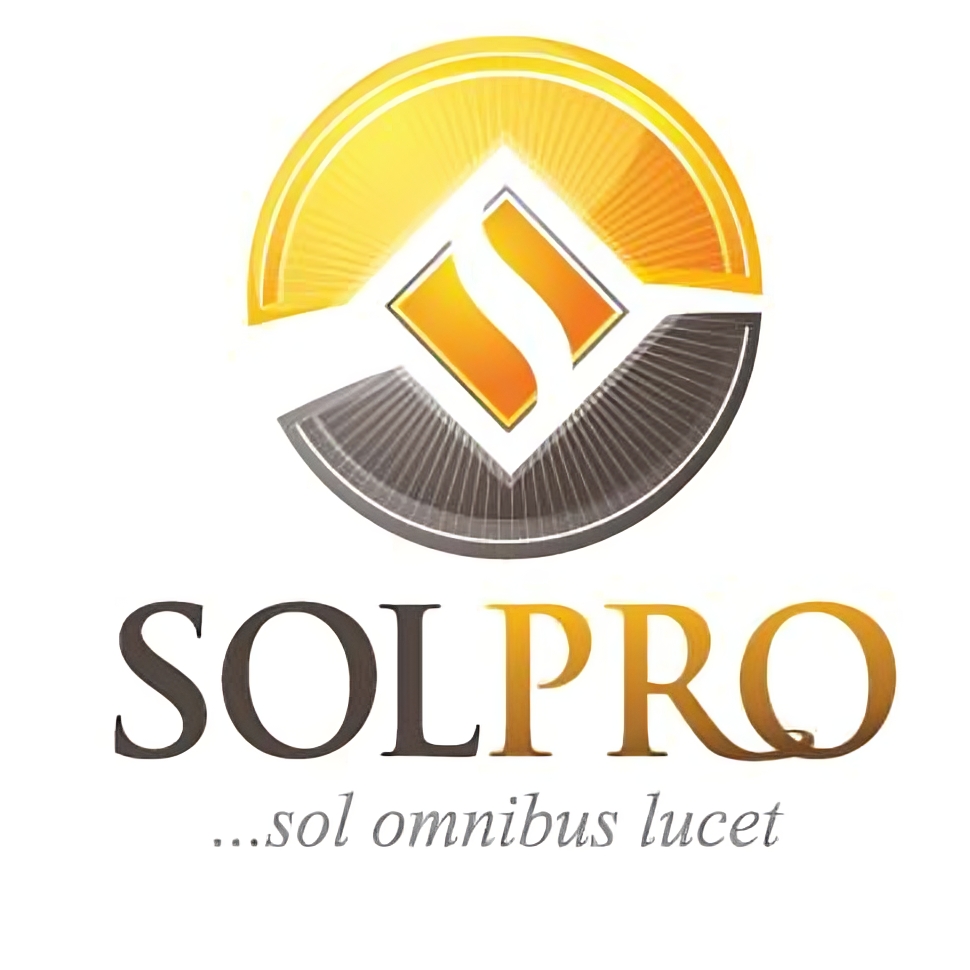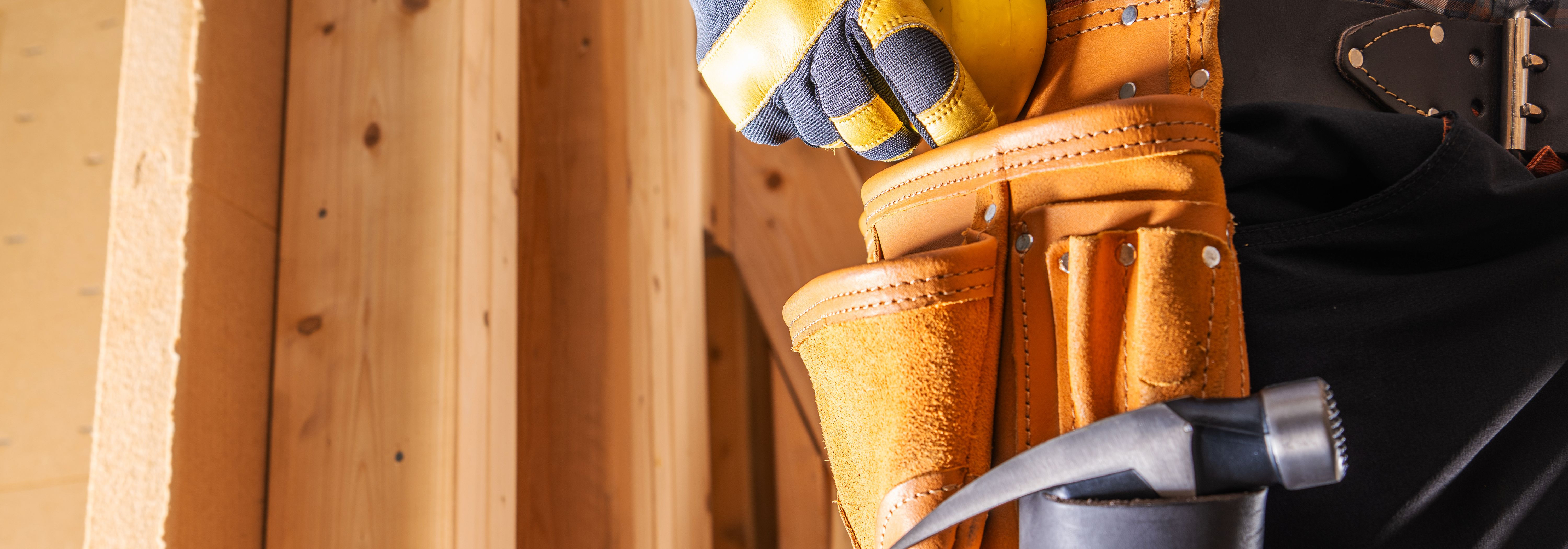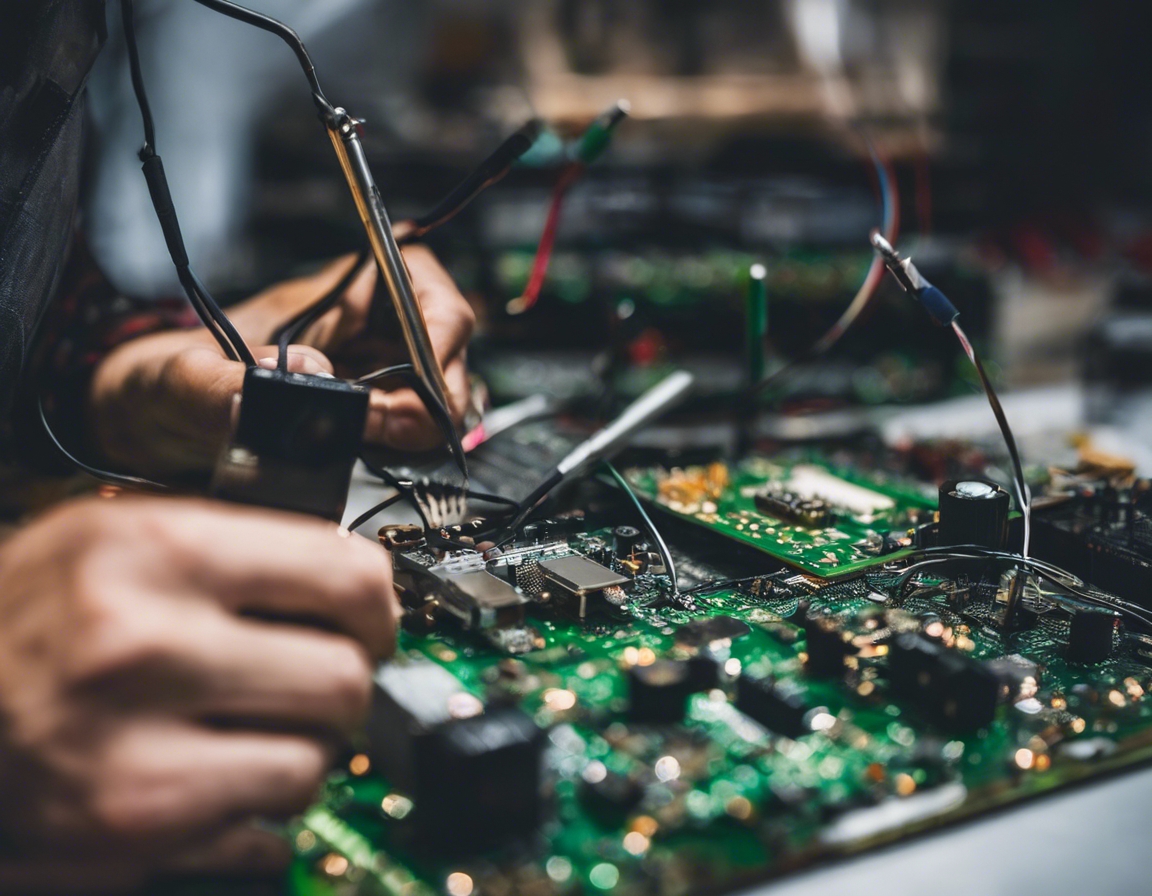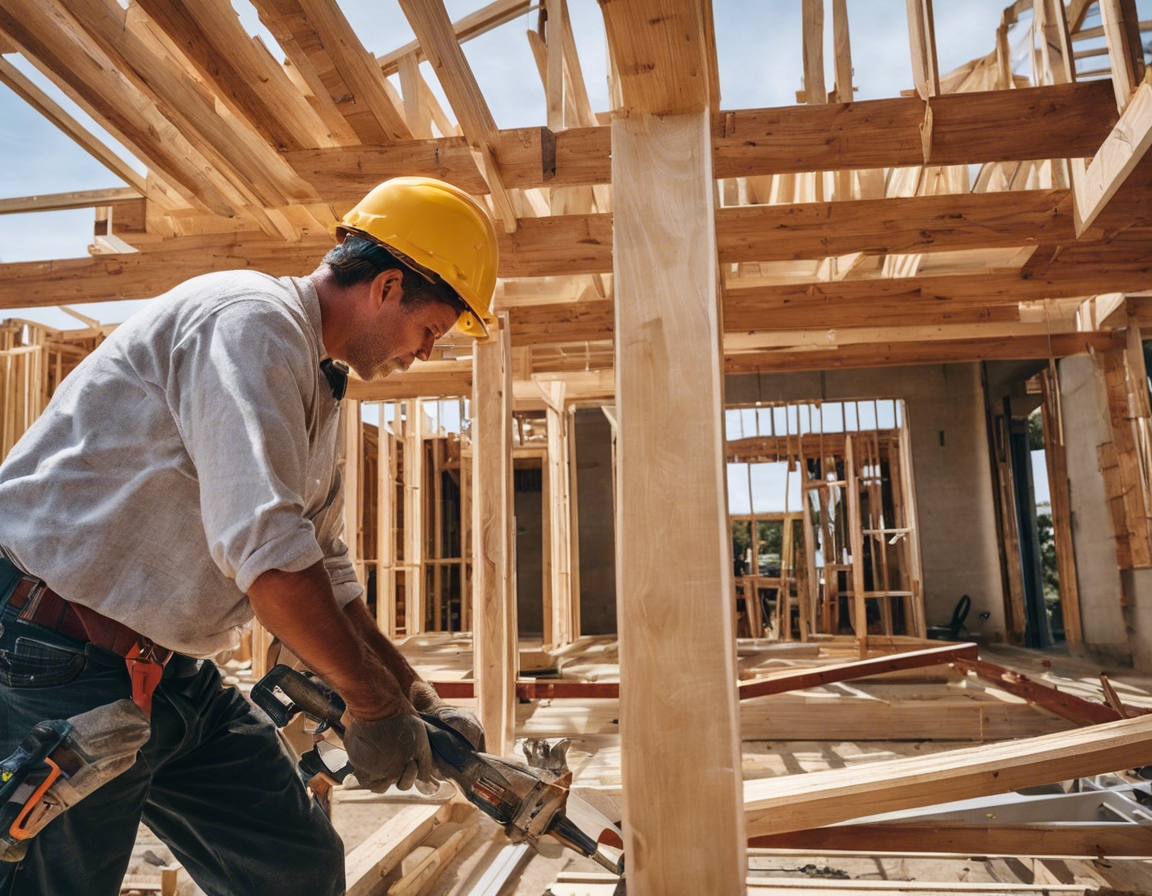5 trends shaping the future of eco-friendly house design
As the world becomes increasingly aware of the environmental impact of traditional construction practices, eco-friendly house design is no longer a niche interest but a necessary evolution in the way we think about our living spaces. This shift towards sustainability is driven by a combination of environmental concerns, technological advancements, and a growing demand for healthier, more energy-efficient homes.
Eco-friendly design is about creating structures that are in harmony with the environment, using materials and methods that minimize ecological footprints. It encompasses energy efficiency, water conservation, and the use of sustainable materials.
Sustainable living is crucial for the well-being of our planet and future generations. By choosing eco-friendly house designs, homeowners can reduce their environmental impact while also enjoying lower utility bills and a healthier living environment.
1. Energy Efficiency and Renewable Energy Integration
One of the most significant trends in eco-friendly house design is the integration of energy efficiency measures and renewable energy sources. This trend is about reducing reliance on non-renewable resources and minimizing energy consumption.
Smart home technologies allow homeowners to monitor and control their energy usage more efficiently. From smart thermostats to energy management systems, these technologies are becoming integral to eco-friendly homes.
Renewable energy sources such as solar panels, wind turbines, and geothermal systems are becoming more accessible and affordable, allowing homeowners to generate their own clean energy.
2. Sustainable Building Materials
The use of sustainable building materials is a core element of eco-friendly house design. These materials are selected for their low environmental impact and their ability to create healthier living spaces.
Recycled and reclaimed materials reduce waste and the need for new resources. Materials like recycled glass, metal, and reclaimed wood are popular choices for eco-conscious builders.
Natural materials such as bamboo, cork, and wool insulation are renewable and have a lower environmental impact compared to traditional building materials.
3. Water Conservation Features
Water conservation is another key aspect of eco-friendly house design. With water scarcity becoming a global issue, efficient water use is essential.
Low-flow toilets, showerheads, and faucets can significantly reduce water usage without sacrificing performance.
Rainwater harvesting systems collect and store rainwater for non-potable uses such as irrigation and flushing toilets, further reducing the demand on municipal water supplies.
4. Biophilic Design Elements
Biophilic design is about connecting occupants with nature within their living spaces. This approach has been shown to improve mental and physical well-being.
Maximizing natural light and ventilation not only reduces the need for artificial lighting and air conditioning but also creates a more comfortable and healthier home environment.
Designs that blur the lines between indoor and outdoor spaces encourage a closer relationship with the natural world and provide additional living areas that are both functional and restorative.
5. Green Roofs and Living Walls
Green roofs and living walls are innovative features that not only enhance the aesthetic appeal of a home but also provide environmental benefits.
Green roofs can reduce heat loss, improve insulation, and manage stormwater runoff, contributing to the overall energy efficiency of a home.
Living walls, also known as vertical gardens, purify the air, reduce noise pollution, and increase biodiversity, making them a valuable addition to any eco-friendly home.






Comments (0)